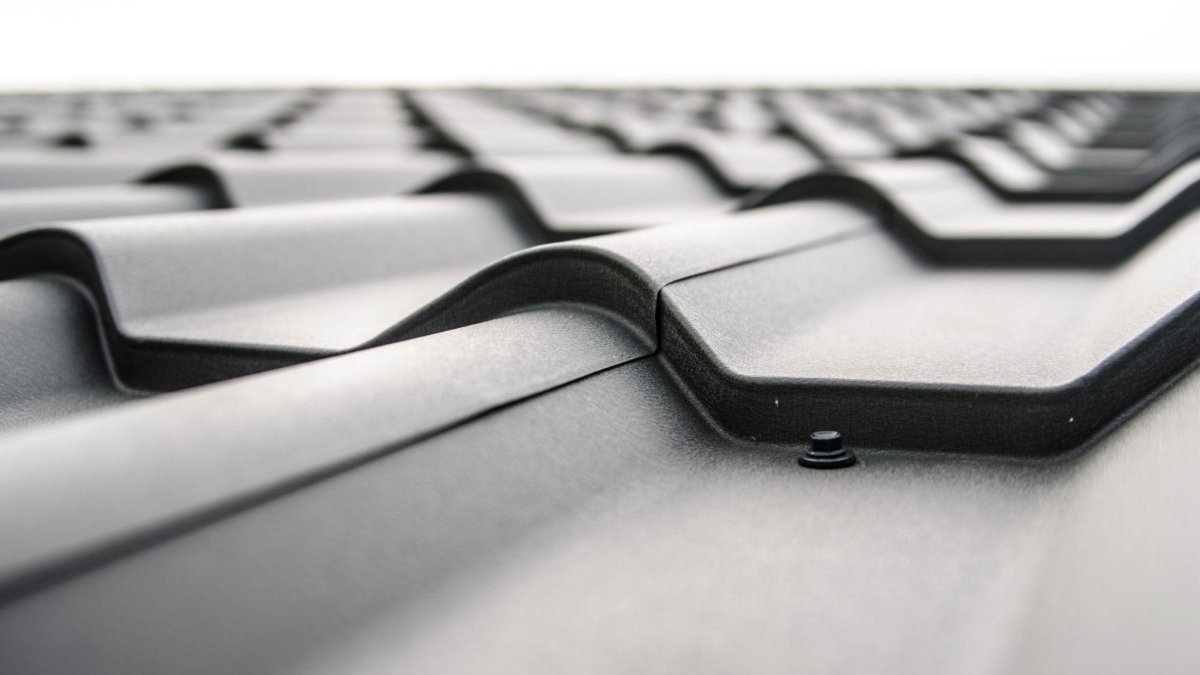
Every home is a sanctuary, a refuge against the elements. But how often do we think about the first line of defense against Mother Nature, our roof? Picking the right roofing material is crucial, not only for the longevity of your home but also to suit your local climate.
This blog post explores how to choose the most appropriate roofing material for your climate, bearing in mind durability, maintenance, aesthetics, and energy efficiency.
Consider Local Expertise
Before delving into the different types of roofing materials, it’s essential to consult local experts in your area. They have valuable experience and knowledge about the best materials suited to your particular climate.
For example, roofing services in Chester County, PA, will be able to help you choose the perfect roof for that climate. They’re familiar with the weather patterns and have a clear understanding of what works best in the area, such as asphalt shingles for their durability and resistance to various weather conditions.
Asphalt Shingles For Mixed Climates
Asphalt shingles are one of the most common roofing materials in the U.S., largely due to their cost-effectiveness and ease of installation. They are ideal for areas with fluctuating weather patterns, as they can withstand both hot summers and cold winters. However, in extreme heat, they may not be as durable, so it’s important to consider your average summer temperatures.
Metal Roofs For Hot And Cold Climates
Metal roofs are excellent for areas with extreme temperatures, either hot or cold. They reflect solar radiant heat, which can reduce cooling costs in hot climates. In snowy regions, the smooth surface of metal roofs allows snow to slide off, preventing build-up. With good insulation, they can also be suitable for colder climates.
Clay And Concrete Tiles For Hot, Arid Climates
If you’re living in a hot, arid climate like the Southwest, clay and concrete tiles can be a perfect choice. Their thermal properties help keep houses cool in the summer, and their durability allows them to resist damage from the intense sun. They’re also fire-resistant, an added advantage in regions prone to wildfires.
Slate Roofs For Various Climates
Slate roofs are one of the most durable roofing materials, lasting up to a hundred years or more. They’re highly resistant to temperature fluctuations and severe weather conditions, making them suitable for a variety of climates. The significant drawback is the cost, both for materials and installation, which is higher than other options.
Wooden Shingles Or Shakes For Moderate, Humid Climates
Wooden shingles or shakes are suitable for moderate climates with a fair amount of humidity. They have a natural insulation up to two times that of asphalt shingles. However, they require more maintenance to prevent rot, mold, or insect damage. In areas prone to wildfires, they might not be the best choice unless treated with fire-retardant.
Conclusion
Selecting the right roofing material for your climate can dramatically affect the longevity and efficiency of your home. It’s essential to consider the specific weather patterns in your area and consult with local experts. Remember, the right roof can not only protect you from the elements but also contribute to energy efficiency, reduce maintenance costs, and enhance the overall aesthetics of your home. Keep the materials discussed in mind while making your decision, and your home will thank you for years to come.
Steven Bennett
Related posts
Stay connected
Today's pick
- Enhance Your Images: Effortlessly Remove Object from Photo Today!In today’s visually-driven world, the quality of images plays a crucial role in attracting attention and conveying messages effectively. Whether you’re a professional photographer, a social media influencer, or an e-commerce entrepreneur, having clean and polished images is essential. However, sometimes unwanted objects or elements... The post Enhance Your Images: Effortlessly Remove Object from Photo […]

